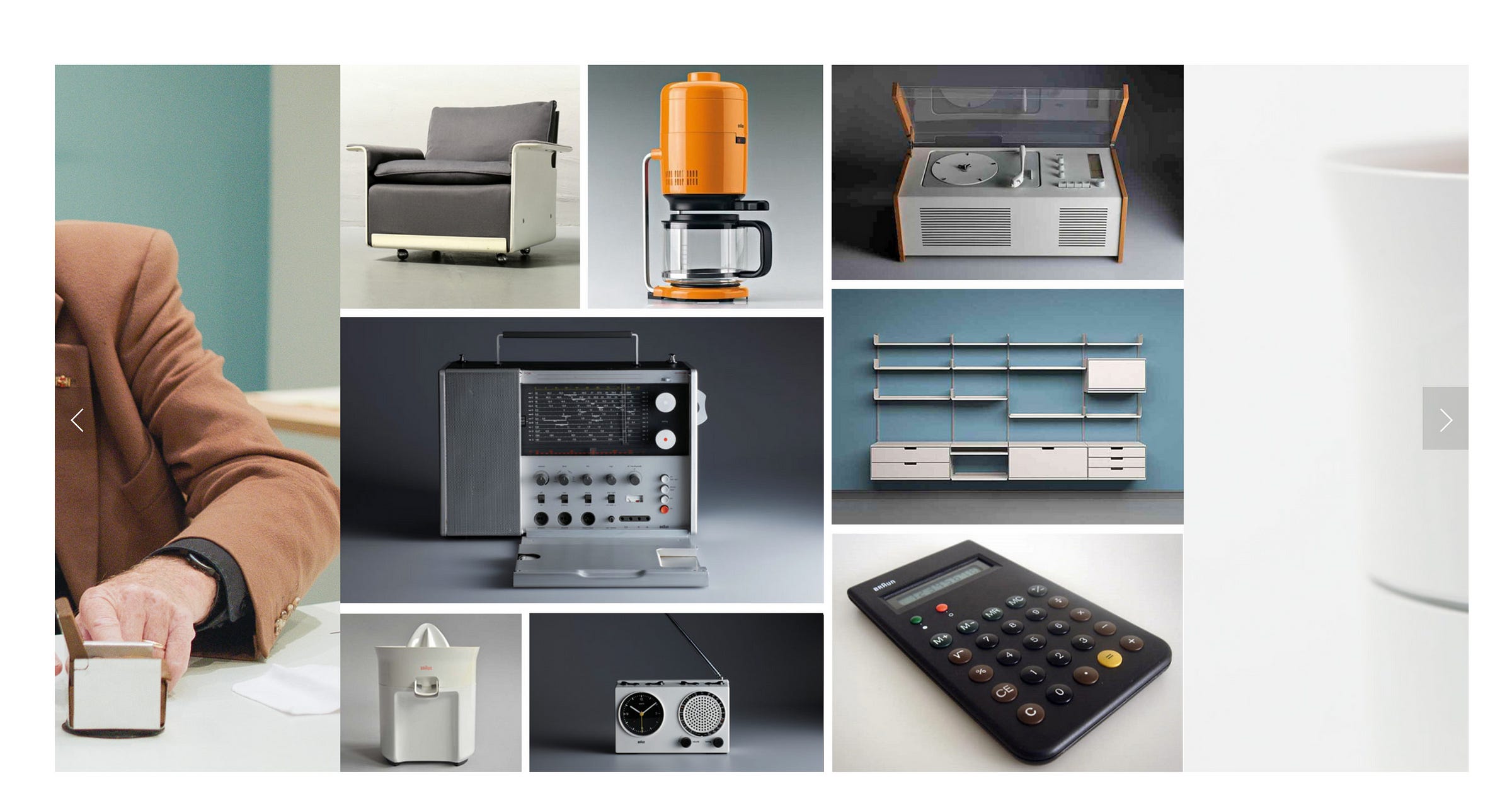How Today’s Minimal Design Was Influenced by One Man
And his design ethos

We don’t often stop to admire a toothbrush. Or a calculator. Or the satisfying click of a well-designed radio dial.
They’re just… there. Doing their job. Invisibly, dependably.
And yet, behind some of these beautifully unremarkable objects is a un-flashy philosophy that reshaped the entire landscape of product …
Keep reading with a 7-day free trial
Subscribe to Letters by Burk to keep reading this post and get 7 days of free access to the full post archives.


